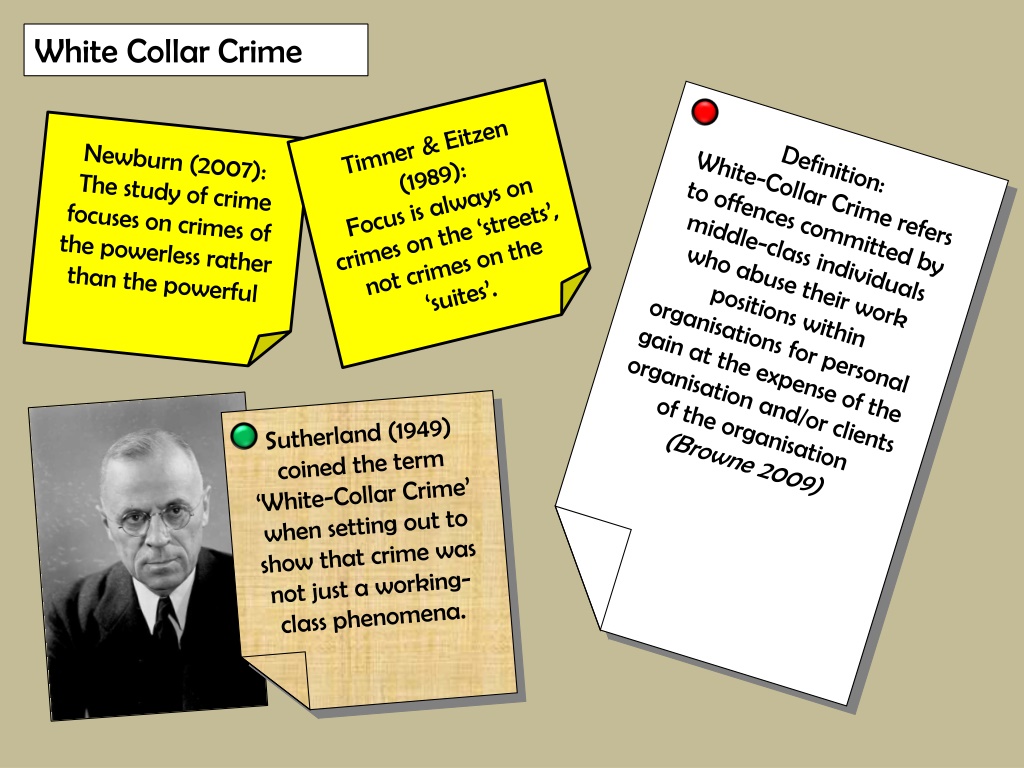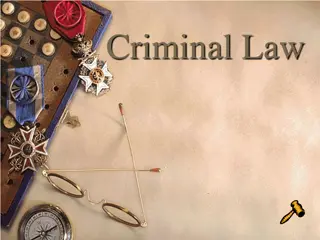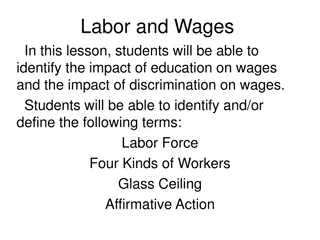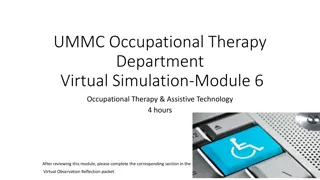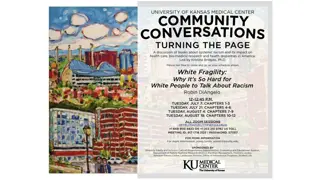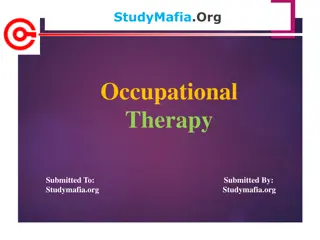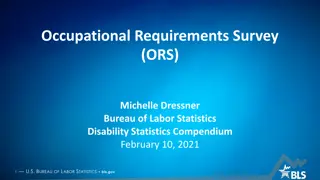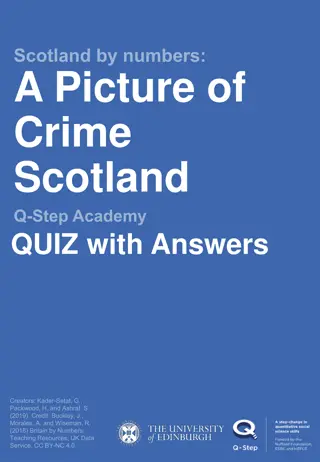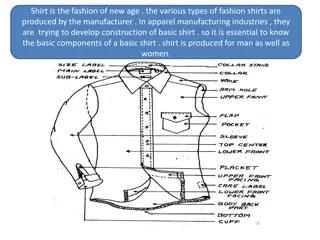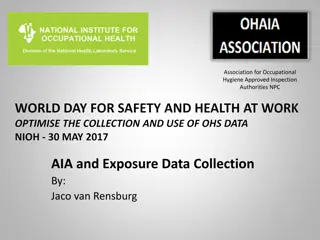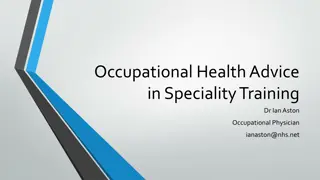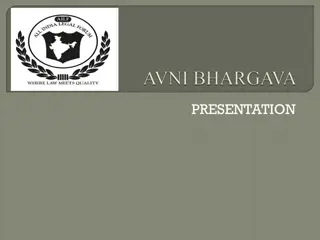Understanding White Collar Crime and Occupational Crime
White collar crime encompasses various offenses such as fraud, embezzlement, forgery, collusion, and tax evasion. This type of crime can often go undetected due to its complex nature and the difficulty in investigating it. Occupational crime, on the other hand, involves employees stealing from their workplaces, viewing it as a perk of the job. Official statistics may not accurately reflect the prevalence of white-collar crimes, leading to under-representation in crime data. Various factors such as lack of awareness, institutional protection, and the invisible nature of the crime contribute to the challenges in addressing white-collar offenses.
Download Presentation

Please find below an Image/Link to download the presentation.
The content on the website is provided AS IS for your information and personal use only. It may not be sold, licensed, or shared on other websites without obtaining consent from the author. Download presentation by click this link. If you encounter any issues during the download, it is possible that the publisher has removed the file from their server.
E N D
Presentation Transcript
Fraud Fraud My Name Is Fiddling Expenses Fiddling Expenses Embezzlement t Embezzlemen Forgery Forgery Collusion Collusion (Price fixing) (Price fixing) Insurance Scams Insurance Scams Tax Evasion Tax Evasion
As the definition of White Collar Crime is so vague it can be split into two main types:
Occupational Crime: Ditton (1977) & Mars (1982) found that many employees (in a wide range of occupations), thought that it was a perk of the job & legitimate to steal from their workplaces. > Why might stealing from the office be seen as ok but stealing from someone s home not be? > How might this be linked to labelling theory? > How might Marxists view this type of crime? > What methodological issues might you encounter if you were to research the extent of occupational crime.
Official Statistics & White-Collar Crime 1) Difficult to Detect - Invisible Crime . 2) Victimless Crime. What are the implications of the 3) Crime may benefit all involved e.g. Bribery. under-representation of white-collar crimes in official statistics for the view that most criminals are working class? 4) Difficult to Investigate. 5) Lack of awareness. 6) Institutional Protection. 7) Lack of Convictions Middle-Class offenders.
Explaining Occupational Crime http://tbn3.google.com/images?q=tbn:IkKLzJECcyhKpM:http://www.soc.ucla.edu/Pictures/Katz.jpg
